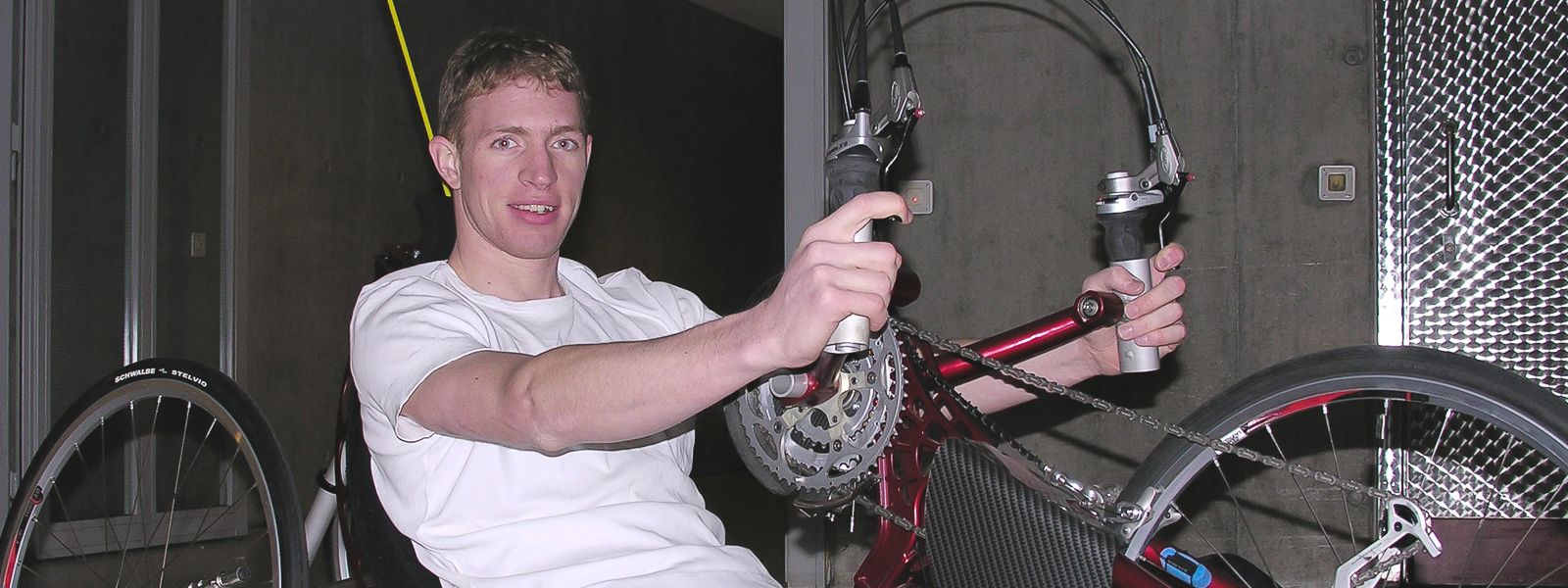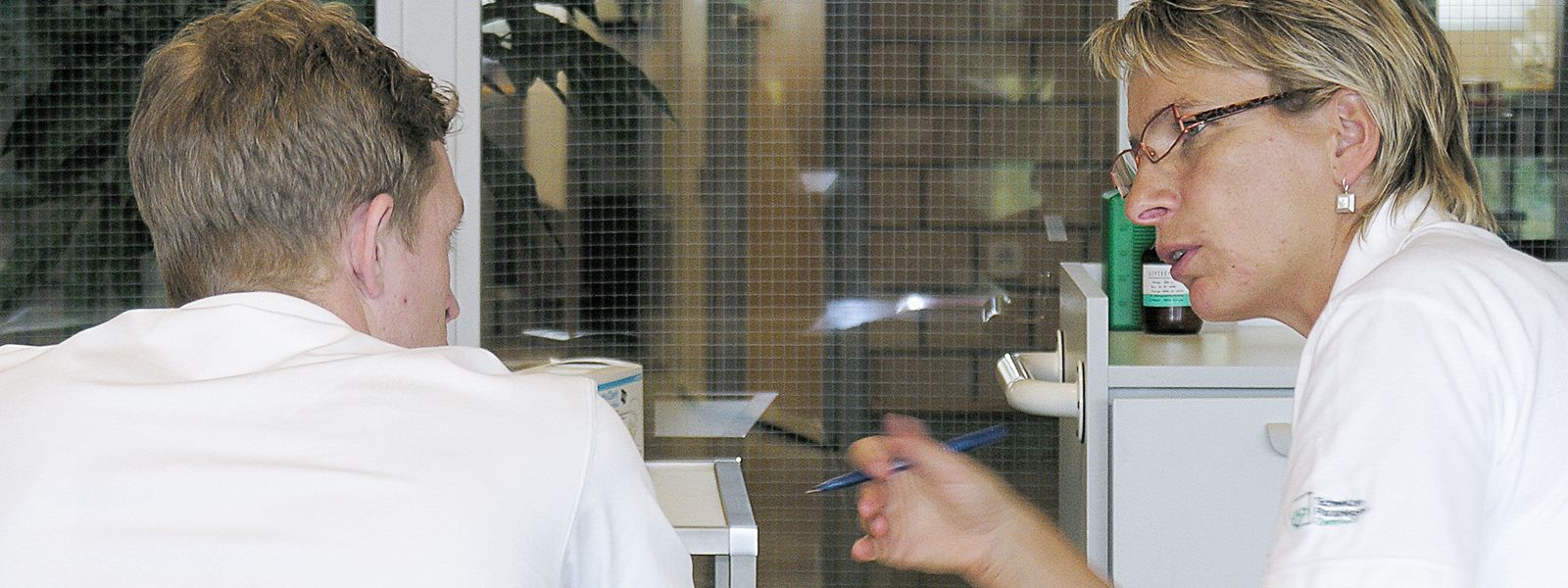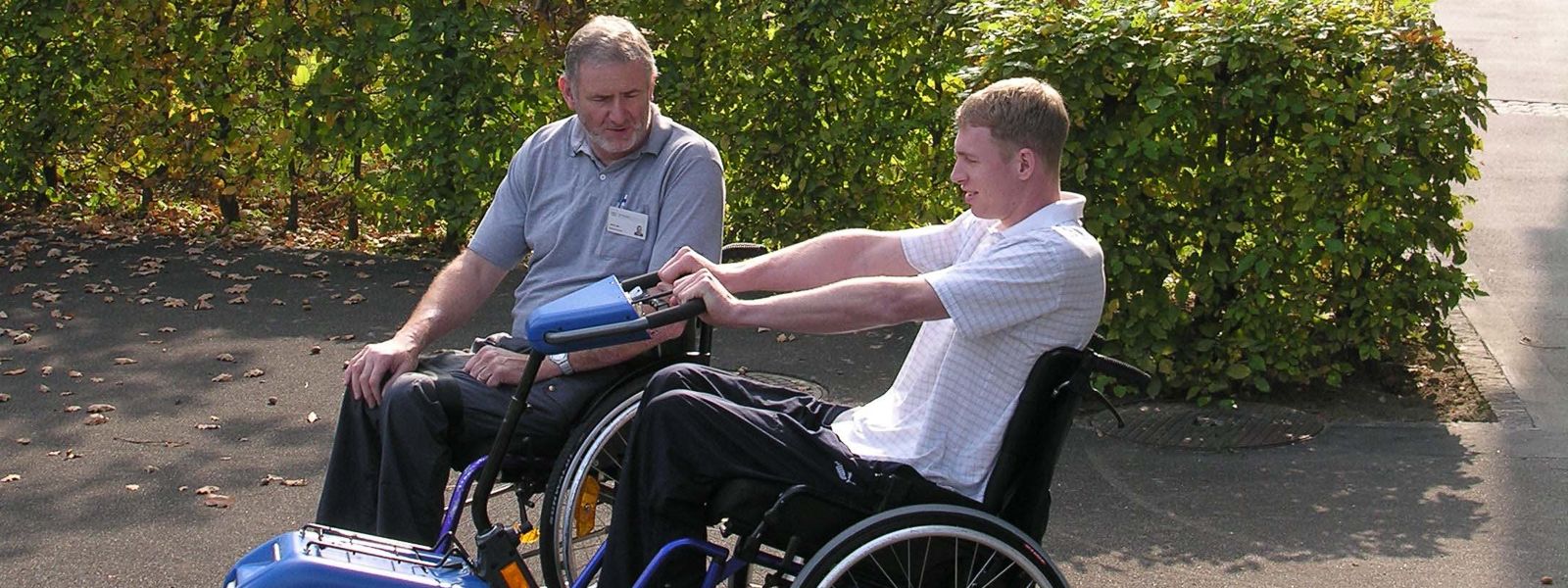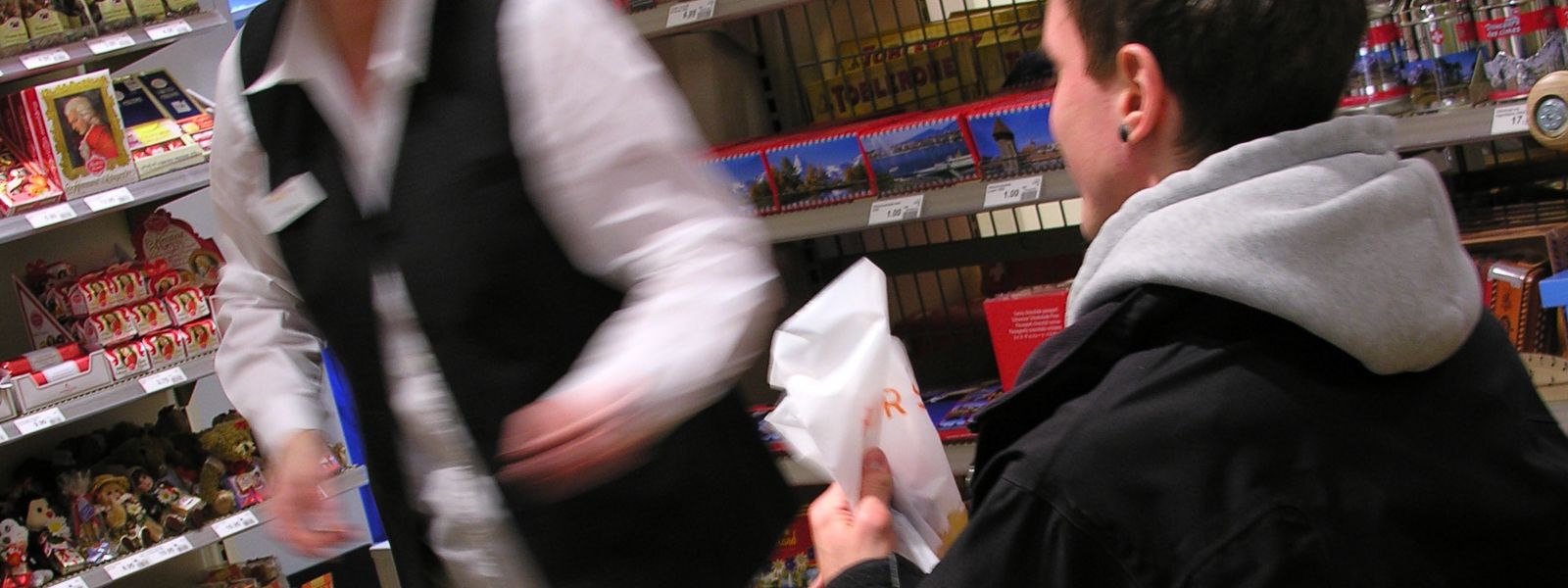
Community Reintegration
Persons with spinal cord injury (SCI) face extraordinary challenges beyond adapting to the physical aspects of their injury. They may also be confronted with functional limitations, and most importantly restrictions in participation within his or her physical and psychosocial environment. Considering this, a key goal of rehabilitation of persons with SCI is the reintegration into the community.



